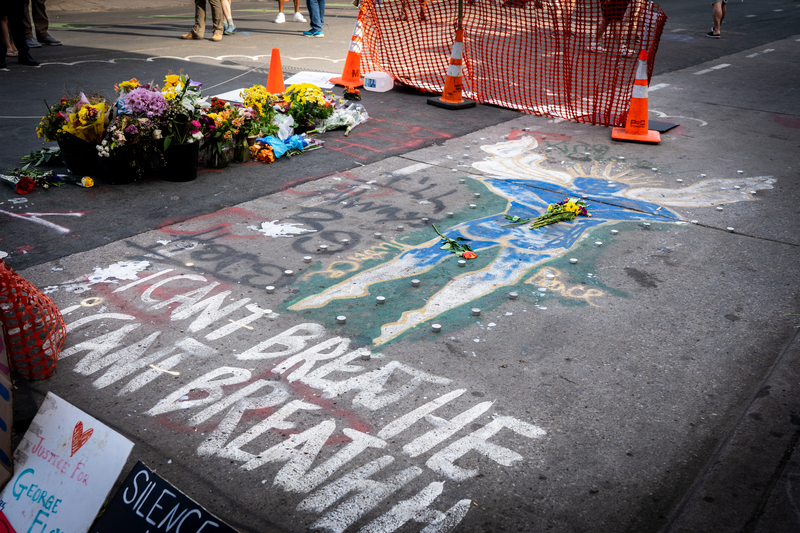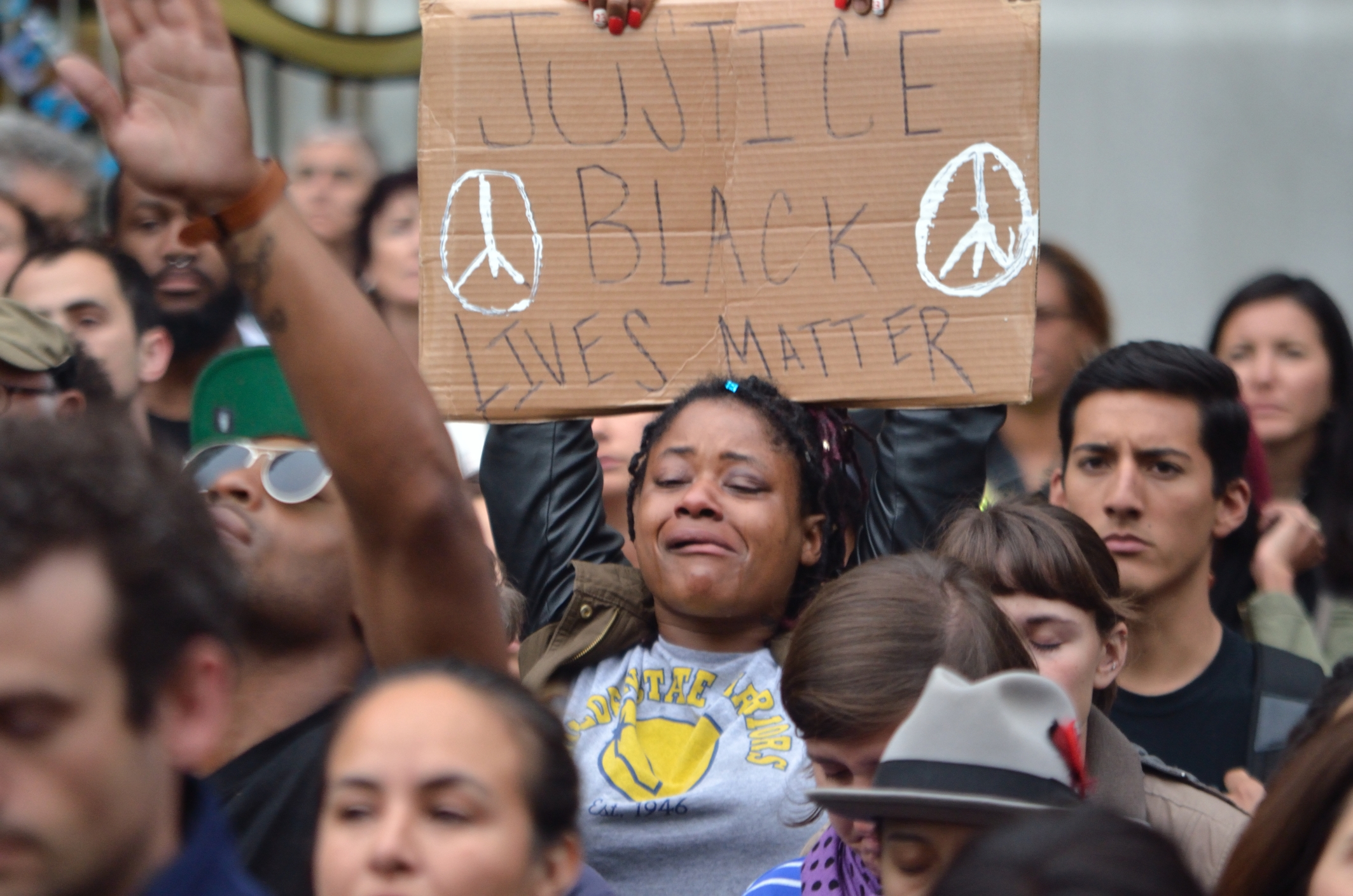The recent events of the killing of George Floyd by police in the US, Black Lives Matter protests across the US and the UK in 2020, and racial disproportionality in Stop and Searches by police in London, have re-ignited issues of racism and policing in the public sphere and highlight racial disparities within the criminal justice systems in both the UK and the US. One response (by politicians, governments, the media, police forces) is to blame the individual officers involved in the incident, labelling them as ‘bad apples’, i.e. a few individual police officers deemed to be solely responsible for these so-called atypical occurrences, and citing individual misconduct rather than systemic failure. As Ronald Davis, the US Department of Justice Director of Community Oriented Policing Services, has explained: ‘... the discussion of police reform seems to focus primarily on individual officer behaviour and ignores the operational systems that have an even greater impact on policing outcomes. The great management guru William Edward Deming captured this notion through his 85/15 rule, which says that 85 percent of the problems in any organization are system-related while only 15 percent are worker-related’ (Davis, 2016).
Does the reliance on the ‘bad apples’ explanation reflect the challenge that Critical Race Theory illuminates and the concept of ‘institutional racism’ aims to reveal?While individual conduct is relevant in these incidents, does the reliance on the ‘bad apples’ explanation reflect the challenge that Critical Race Theory illuminates and the concept of ‘institutional racism’ aims to reveal? Specifically, does the reduction of these incidents to representations of ‘individual racism’ and outliers worthy of public condemnation, obfuscate the ability of institutions or organisations to analyse normative processes, beliefs, assumptions and procedures that perpetuate systemic racism in general and/or specific instances of racial discrimination and differential racial outcomes in particular?
Do institutional and organisational responses to concerns raised by racial disproportionality in the criminal justice system, as well as other ‘systems’ (education, healthcare, social welfare, etc.), that focus on individual racism instead of seeking to understand the norms, behaviours, and other processes that perpetuate the status quo and are implicated in shaping the actions of individual actors within these organisations and institutions, limit the possibility of change and limit the possibility of addressing racial inequalities at large?
Moreover, one critical question or area of inquiry is how do individuals within organisations, who shape the structures, processes, practices and ‘cultures’ within those organisations, address institutional, structural and systemic racism in meaningful ways when racism is so normalised as to go unrecognised or unacknowledged?

It is important to underscore that racial disparities exist and have persisted within the labour market, educational outcomes, and health outcomes for BAME communities and is not only an area of inquiry related to police and criminal justice systems. Research into how institutional, structural and systemic racism manifest to disadvantage people of non-White ethnic and racial groups is well established. For instance, there is a large body of research exploring racial achievement gaps between White and non-White students at all levels of education (for US achievement gaps related to race/ethnicity see Ladson-Billings, 2006, for gender/race see Reardon et al., 2019, for gaps related to socio-economic status/class/race see Carter and Weiner, 2013; for UK achievement gaps related to race/ethnicity see Stevens, 2007, for gender, ethnicity and social class see Strand, 2014) and disproportionate numbers of Black male students disciplined and excluded from school (for US see Skiba et al., 2002; Monroe, 2005; Ritter and Anderson, 2018; for UK see Parsons, 2008; Demie, 2019). Much of the education research is informed by Critical Race Theory, adapted from its application in critical legal studies, and has been applied in both US and UK educational contexts. Issues related to race and racism are not unique to criminal justice systems, but, from a Critical Race Theory perspective, are woven throughout the very fabric of society and are pervasive in all social institutions.
For more discussion of racial and class disparities in criminal justice system in the US, see The New Jim Crow by Michele Alexander and The Rich Get Richer and the Poor Get Prison by Jeffrey Reiman and Paul Leighton.
For more discussion of racial and class disparities in criminal justice system in UK, see Crime by Robert Reiner.
For discussion of racial disproportionality in prisons and the Prison Industrial Complex, see Centre for Crime and Justice Studies and Angela Davis’ (2003) Are Prisons Obsolete?







Rate and Review
Rate this article
Review this article
Log into OpenLearn to leave reviews and join in the conversation.
Article reviews